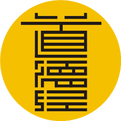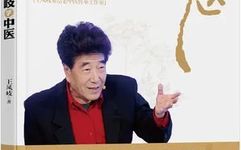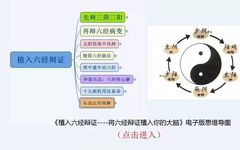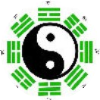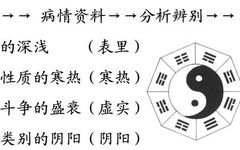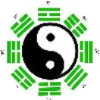Yam: The Universal Remedy for Strengthening the Body and Expelling Pathogens
What is your top choice for basic health maintenance? I vote for Shan Yao (Yam). Yam is the universal remedy in the realm of strengthening the body and expelling pathogens. It is often used to complement the strong expelling properties of tiger and wolf medicines, while it calmly and steadily builds up the body’s vital … Read more




